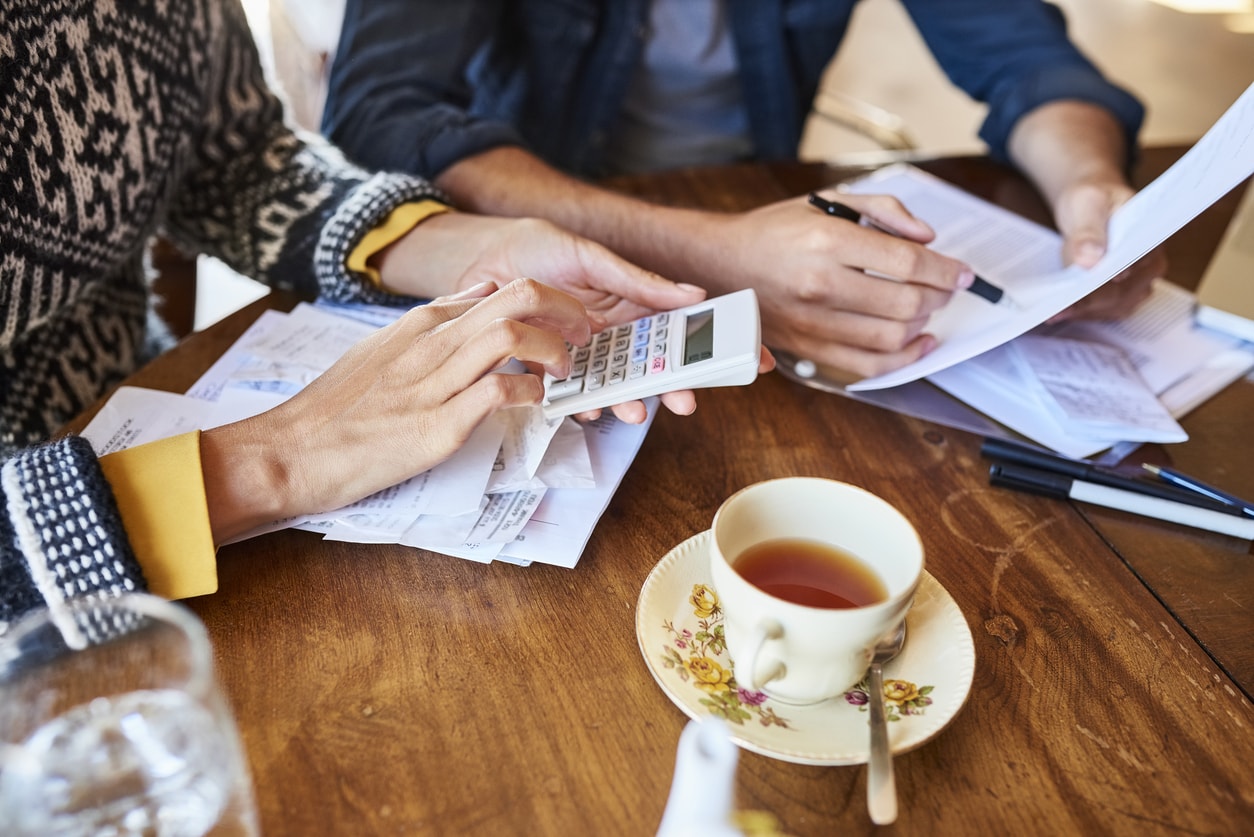7 Free Ways to Monitor Your Spending

Whether you are trying to tackle debt or want to put together a savings accounts, there are lots of free resources you can use to help. One of the first steps you can take is to start monitoring your monthly spending. By doing this you’ll find areas where you can cut back, and in turn, you can use this money to pay your debts or grow your savings. Before you start downloading expensive apps, try out these 7 free options that will open the door to cash flow.
1. Pen and Paper
An easy and inexpensive way to track your spending is a more traditional route. All you need is a notebook and pencil or pen. At the end of each day, it’s as simple as writing down every purchase you make, from the trip to Starbucks on your commute to your utility payments.
Track your spending for one month, then you’ll be able to estimate how much you spend on an average month. Next, turn your purchases into categories like rent and utilities, loan repayments, phone bill, savings, eating out, etc. You’ll probably be surprised, if not shocked by the amount you spend. But now that you know where every penny goes, you have the power to cut back. Soon enough, you’ll be in control of your finances, and able to watch your savings grow your and debts being repaid.
2. DIY Spreadsheets
If you insist on digitizing your spending habits, then there are two resources that will suit you – Google Sheets and Microsoft Excel. Both types of programs have templates ready for you to use, but there is a couple of differences. Google Sheets is free to use, but you’ll need an internet connection to access it, as its online. For Excel, you’ll need to have this program already installed on your computer, or pay roughly $70 a year per device. If you don’t already have Microsoft Office on your computer, you should use Google Sheets instead.
This kind of digital tracking will have the same effect as the pen and paper method. Expect, you’ll be able to access it from computers, tablets, and phones.
















